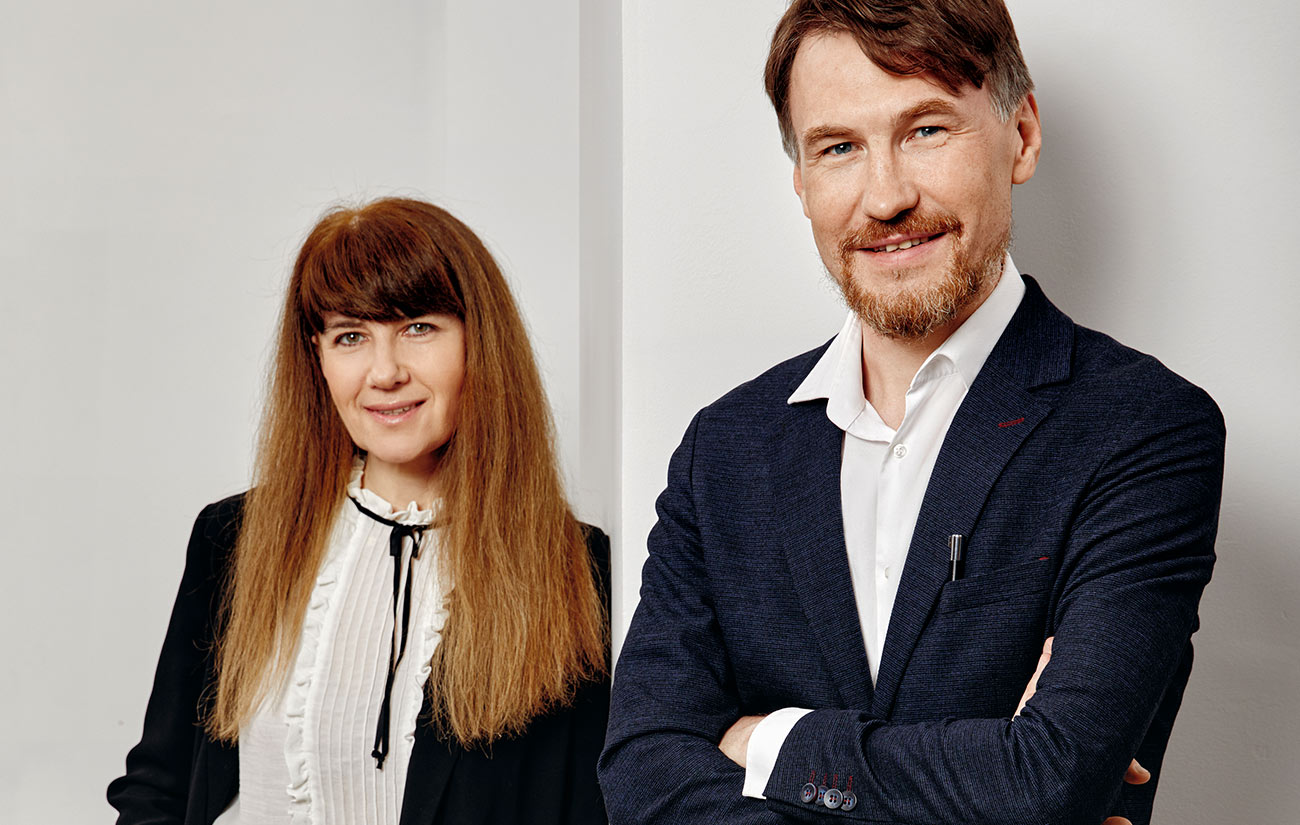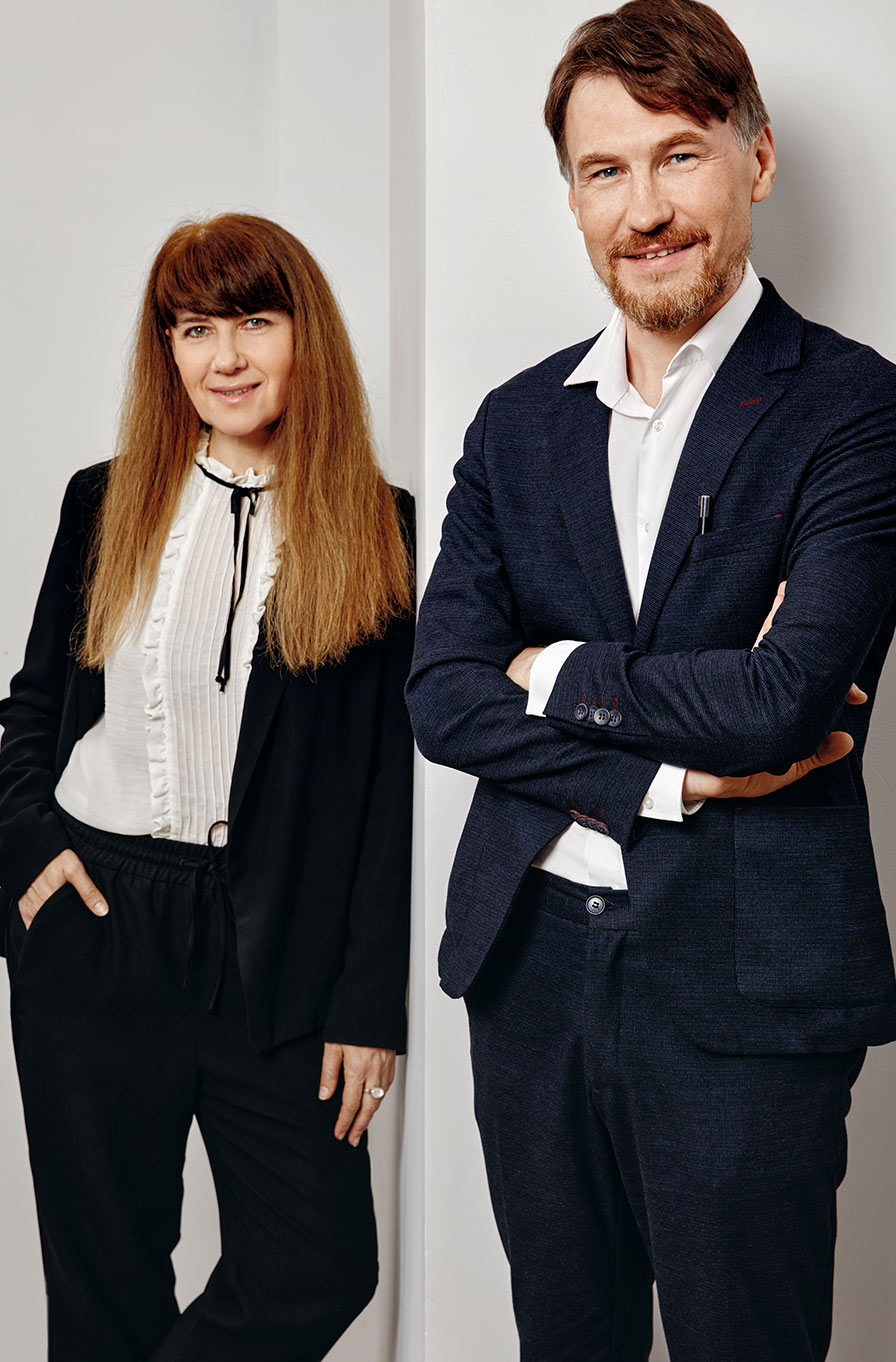
After the completion of One Family, the first GUM-Red-Line Gallery exhibition hosted on Line 1 at GUM in 2019, in the “ye olde” world before masks and gloves, we had to decide where to head next? What should we present next to complement such an auspicious beginning?
It soon became obvious that public art is the most important topic in art that deserves our attention. That idea was reinforced with each passing day. We organized a meeting with the Archstoyanie producer and driving force Julia Bychkova and decided that the joint project with GUM-Red-Line Gallery would actually happen. The project is centered on artists and their co-authors – the people who build cities, who transform forests into art parks and business centers into sanctuaries of architecture and art, those people who promote culture wherever large-scale construction occurs. This description fits our partners and co-authors to a T. Co-authorship is a necessary component of contemporary public art. Nikolay Polissky is one of the most crucial artists not only for our project but also for Russian and international art. He creates viable art together with the people for whom it is created: Nikola-Lenivets Crafts artisans. As we were preparing for the exhibition, we became a true group of artisans.
Artists, curators, producers, collectors, architects, builders, organizers, promoters – we are all authors of the public art project Red Garden.
It is commonly thought that art is free of all responsibilities, that art does not exist in a paradigm of causal relationships but rather is born naturally, forcing a person to create something which is to be interpreted, praised, or derided by other people. Art will always provoke discussions, granting the fiery energy of inspiration or the mesmerizing harmony of meditation. It seems that art can be viewed along these lines. However, the present catalogue offers you an opportunity to learn about rather more concrete views of our artists on the goals and qualities of true art.
Dialogues with artists – brief or extensive – have become an important tradition at large-scale GUM-Red-Line Gallery exhibitions. We wish to hear the voices of our artists, find out about their personalities, understand, and naturally, see the work that they do.
The discussion on the qualities of public art with artists who joined the Red Garden project that started on the pages of this catalogue resulted in the following rough conclusions. Public art, or art for public spaces, managed both to partially discredit itself and demonstrate its full potency over the last century and the first two decades of the current decade. For example, Nikolay Polissky began to assimilate the fields, meadows, and forest of Nikola-Lenivets in 2000 together with his village neighbors, gradually showcasing the new combination of land art and public art that he termed “Archstoyanie” – an introduction of art into the landscape, together with people and for people. The last part is a must for this art form and helps distinguish it from the more reserved land art which can do without an audience.
New public art is currently searching for its unique language, new forms, and territories the latter of which are not necessarily located in natural settings. New public art probes the outskirts and squares of cities, considers abandoned buildings, and appears in new buildings. It is spontaneous and organized, socialized and asocial, always different. But, most importantly, it is always engaging in dialogues with people, ingraining the latter with a desire to go the distance to learn about it. New public art is developing with the people who need art just as much as rain, snow, the shining sun, forests, fields, mountains, and stars. The projects of the 2nd GUM-Red-Line Gallery festival present a cross-section of various forms of contemporary public art: land art, conceptualism, media art, postmodernist, surrealism, abstraction, interactive installations. These forms also establish a dialogue with Soviet monumental art.
For the Red Garden exhibition, we brought together eight extremely different gifted artists and asked each of them to make a statement on how they view gardens. Their viewpoints reveal personal perceptions of what constitutes the nature of art. Despite the stylistic and generational differences inherent to the artworks presented at Red Garden, the pieces are united by the ideas of blooming gardens, the philosophical notions of what a garden is, and the concept of a garden as a place that unites all elements. For example, Andrey Filippov’s Gnomon is an hourglass – a common item in garden architecture. The hourglass sets the theme of time, the cosmic power of celestial bodies that measures history with each passing day. Time brings new life to ancient symbols. Star is a surrealistic element of Russia in the 20th century. The new lines allow the artist to add dynamism to the flight of the usually assured and static star. Full-sized statues, another common feature in gardens, gains new meaning: Dmitri Aske’s After Makosh presents the goddess of labor, spinning, and creativity who will most certainly bring good luck once it moves to Bosco Manufactures. French de Sad by Dmitry Zhukov embodies the triumph of life within the form that inspires gardeners to prune down sprouts with scissors.
The Stable Composition by Ermakov symbolizes the transformation that is inherent to all contemporary entities, from art to gardening. The young duo of Vasilisa Prokopchuk and Evgeny Bragin welcomes guests to traverse the interactive thickets of the Impassable Wood, a sort of maze that is a frequent part of gardens. Aristarkh Chernyshev develops the theme of garden sculpture. His Head from Ancient Times with the features of Alexander the Great reflects the idea of endless reinterpretation, basic reloading of values throughout history. Principal architectural brands and their establishment in Russia are considered in the piece created by Polissky’s art group. The Column from the Russian Antiquity series is created from the most Russian of all materials: wood.
All artworks find common ground in the conscious use of scope and the strive for monumental forms. The idea of gardens as desirable places in all times, be it an antique acropolis, a medieval monastery, a modern estate, or a contemporary park. Gardens are places where fashions and styles replaced one another in a form devoid of political leanings and accessible to all people.




